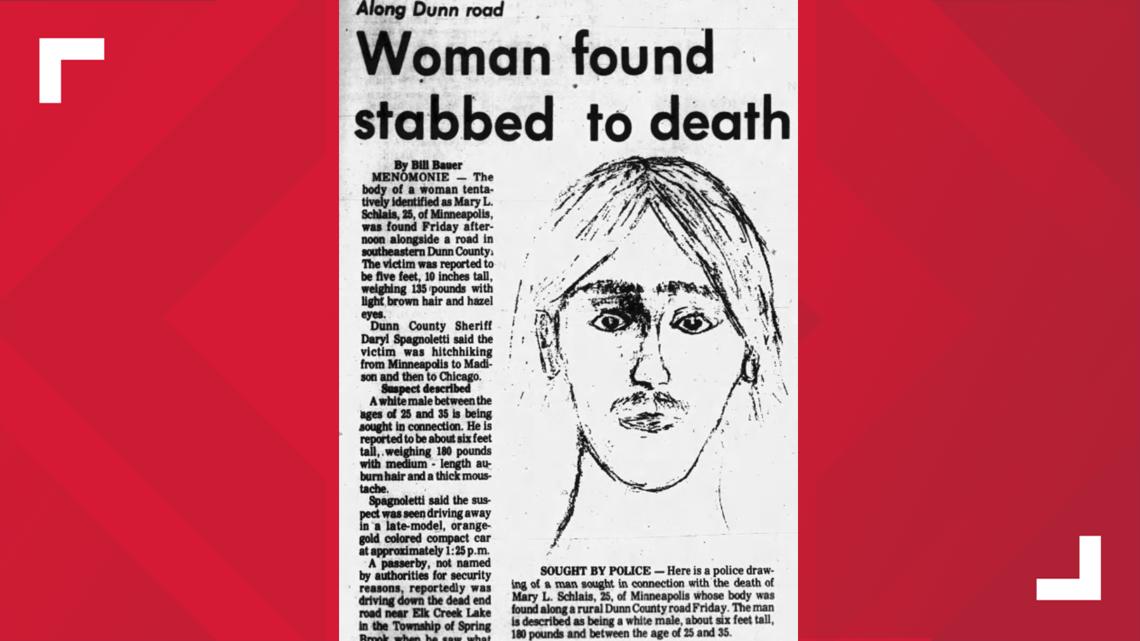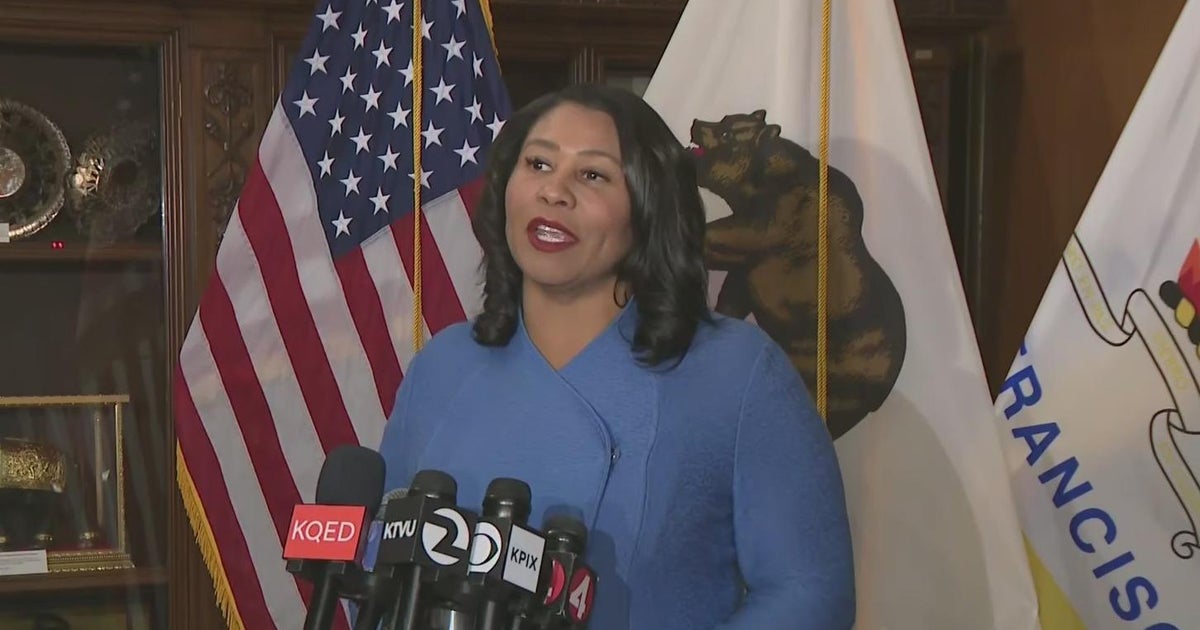Kare11
Ramsey County rolls out new ‘Red Flag Law’ procedures


More than 150 police officers, attorneys, social workers and victim advocates met in Saint Paul to discuss ‘red flag’ gun laws.
SAINT PAUL, Minn. — Since Jan. 1, when Minnesota’s ‘Red Flag Law’ first went into effect, Ramsey County Attorney John Choi said his office has requested three Extreme Risk Protection Orders to take a person’s guns away.
A “red flag law” allows a family member, law enforcement or city official or guardian to petition for an Extreme Risk Protection Order that works to prohibit a person from possessing firearms for up to one year if “the respondent poses a significant danger of bodily harm for other persons or is at significant risk of suicide by possessing a firearm.”
Statewide, Choi said 77 Extreme Risk Protection Orders have been requested since the law went into effect. Those numbers may be lower than you’d expect. Choi said it’s because law enforcement officials are still figuring out how to use this new tool properly.
“We can use this new tool and be intentional about it,” Choi said.
Moving forward Choi said his office will require every officer who refers a case for felony charges to fill out a checklist to see if the individual may be a danger to themselves and others.
If the individual does pose a risk, then the Ramsey County Attorney’s Office and law enforcement officers would work together to request an Extreme Risk Protection Order to take the person’s guns away.
“This is about preventing tragedy,” Ramsey County Sheriff Bob Fletcher said.
Sheriff Fletcher supports this aggressive approach because in many cases he said a dangerous person could walk away without charges, but an order could still take their guns away temporarily.
“We talk to family members, and they say well we tried to warn people, we called the police, we told you what was going to happen,” Sheriff Fletcher said. “Our job is to be smart and to think ahead and figure out where the next tragedy is going to occur.”
The county is also working to educate the community so that family members can request an order to take a loved one’s guns away as well, and there are options to keep that request private so they don’t damage a person’s reputation.
“A judge has the option to seal those cases and keep them from public view, which helps maintain the dignity of a person who is likely going through a mental health crisis and needs to seek help,” consultant Christopher Carita said during a press conference Thursday afternoon.
Carita is the founder of Violence Prevention and Threat Management. He is a consultant Ramsey County hired to help officials create new procedures to better utilize Minnesota’s new ‘red flag law.’
Carita said Minnesota is among 21 states that have ‘red flag laws’ in place. In Florida there have been cases where officers responded to a mental health crisis and were able to request and obtain an Extreme Risk Protection Order within a few hours.
“They were still on the scene when it came back,” Carita explained. “This law is all about how an agency approaches it. Different police departments treat it as okay, it’s good we have it, we’ll worry about it if we need it. The problem with that is when no one takes responsibility for moving it forward that’s exactly what happens, you wait until there’s a tragedy where you needed it and then you’re not prepared to use it properly,” Carita said.
On Thursday, more than 150 police officers, attorneys, social workers and victim advocates met in Saint Paul to discuss Extreme Risk Protection Orders and how they could be used more effectively in the community.
“We can actually save lives. I really believe that,” Choi said.
The Ramsey County Attorney’s Office also provided the following statistics that show which trends have emerged since Minnesota’s ‘red flag law’ went into effect on Jan. 1:
For the first 8 months of 2024
77 ERPOS (Emergency Risk Protection Orders) filed statewide
90% filed by law enforcement
Gender: Predominantly male, 88%
Race: Most respondents white, 80%
Mental Health: Three-quarters had a history of mental health issues
Firearms: 41% had one gun in the home, 19% had two, 40% had more than three
Domestic Violence: Half of all ERPO cases involved a risk of domestic violence
Mental Health: 26% of subjects were reported to be experiencing psychosis at the time of the filing
Threats to Law Enforcement: 19% of cases included threats directed toward law enforcement, often involving “suicide by cop”
Murder-Suicide Threats: 35% of cases involved threats of murder-suicide
Sheriff James Stuart with the Minnesota Sheriffs’ Association also shared a statement regarding Minnesota’s ‘red flag law’ and the opportunities to use this new law more effectively in the future:
While Minnesota does not have a “Red flag law”, per se, the MSA has been actively engaged with the ERPO implementation process.
Our association has provided insight on the state’s ERPO implementation and has offered training and resource for Minnesota law enforcement, and several other professions that have been impacted by this law.
Once people understand the specifics of the law, we have generally found it to be well received within the community.
It has also been used as a tool by families and law enforcement to keep communities, and individuals, safer.
The sheriffs who have been involved with this process to this point, have not expressed any difficulties to us.
The elected sheriffs of Minnesota always strive to provide the safest communities possible.
The ERPO is another tool that can be used to accomplish that objective in appropriate circumstances.
We have not heard any Minnesota sheriffs express an unwillingness to enforce an ERPO, nor would I expect to hear such a thing.
Kare11
84-year-old arrested 50 years after Minneapolis woman murdered

Criminal charges have been filed in a cold-case murder dating back to 1974.
DUNN COUNTY, Wis. — More than 50 years after a Minneapolis woman was stabbed to death, an arrest has been made in the cold case, authorities in western Wisconsin confirmed.
A first-degree murder charge was filed Thursday against Jon Kevin Miller of Owatonna. He is 84 today, but was 34 on Feb. 15, 1974.
That’s the day 25-year-old Mary Schlais was discovered dead in the town of Spring Brook in Dunn County, Wisconsin. Authorities say she left her Minneapolis home and was hitchhiking to an art show in Chicago. Just a few hours later, someone called authorities to report seeing a man throw her body out of a car before driving away.


According to the Dunn County Sheriff’s Office, her autopsy showed she had “more than a dozen stab wounds and defensive cuts to hands, indicating she had put up a big struggle with her killer.”
Dunn County Sheriff Kevin Bygd confirmed to KARE 11 Miller has been arrested in this case. He said a statement will be released soon.
Kare11
Referendums across several metro area school districts fail and lead to more cuts


Some of the districts where voters didn’t pass referendums in the Twin Cities include Prior Lake-Savage, Farmington, Rockford and Lakeville.
PRIOR LAKE, Minn — The results of Tuesday’s election also have an impact on our schools.
Dozens of districts across the state had referendums on the ballot, but voters approved less than half of them. Passing that funding was crucial given many of those districts are facing unprecedented budget shortfalls.
In the immediate metro area alone, data from the Association of Metropolitan School Districts (AMSD) shows most schools having to combat a $300 million deficit combined.
More cuts are likely from staff to programming, especially where the referendums failed that include Lakeville, Farmington, Rockford and Prior Lake-Savage (PLSAS).
There are about 8,600 students within the PLSAS district, including Dawn Lenio’s two sons. Her family moved there in 2020 for its highly-rated schools.
Except, the district now faces the same struggles as many others do – including rising costs and falling enrollment and operating with already less money than its surrounding districts.
The situation led Lenio to jump into action and rally support for its referendum that the school board approved three months ago.
“There was always the unknown element, but I had been feeling pretty good about it,” said Lenio, who said she’s now disappointed after the referendum didn’t pass on Tuesday.
Fifty-five percent of voters didn’t approve the operating levy that would have cost tax payers about $45 more a month. It would have helped stabilize a district that says without it, will now deplete its available resources by 2028.
“I think that it was a large ask and I’m not sure that everyone understood why that amount was asked and I think for a lot of people on a budget, they probably saw it as too much,” said Lenio.
PLSAS is one of four metro area referendums that didn’t pass, but eight others did, in what experts still call a challenging year.
“Presidential election years always tend to be a little tougher just because the voter turnout is generally much higher and so it’s that many more voters that you have to try and connect with,” said AMSD Executive Director Scott Croonquist. “So, they really need to be presented with a compelling case to vote yes to raise their property taxes.”
Croonquist says schools are also facing unprecedented shortfalls because new teacher contracts contained historic raises, the pandemic federal aid is gone and state funding simply wasn’t enough – requiring 45 districts statewide to ask 69 referendum ballot questions.
In PLSAS, it’s now the second time in a row, its referendum failed. In a letter to community, the district says it will likely consider closing schools, cutting staff and reducing programs, like Spanish Immersion and middle school activities.
“While the results of the election will not afford us the resources to make critical investments to support our students, we appreciate the community considering the operating levy request,” said PLSAS Superintendent Michael Thomas. “I also want to thank the many volunteers who assisted in sharing our information. Your work is greatly appreciated.”
“After we kind of pick ourselves up and dust ourselves off and process that we weren’t successful, we look at why, what can we do different,” said Lenio. “Basically we’ll have to go back to the drawing board.”
Some of the districts where voters passed referendums include Burnsville, Inver Grove Heights, Rochester, Big Lake and Thief River Falls.
In Robbinsdale, voters approved the renewal of the district’s capital projects levy which supports essential technology investments across the district. Superintendent Dr. Teri Staloch wrote, “This result is a testament to our community’s dedication to our students and our school district – to providing every student with the tools they need to thrive academically and beyond,” said Dr. Staloch. “With this renewal, the district can maintain up-to-date technology that fosters engaging learning environments, ensures safety across our schools, and strengthens support for every student’s unique journey.”
Minneapolis Public Schools Board Chair Collin Beachy and Superintendent Dr. Lisa Sayles-Adams also released the following statement in response to the passage of the district’s tech levy ballot question there, writing: “Thank you, voters, for your commitment to our students, our schools and our Minneapolis community,” said MPS School Board Chair Collin Beachy. “We appreciate the investment you are making, and we are committed to using these resources to improve student achievement and strengthen our school communities.”
Kare11
2 St. Paul firefighters named Minnesota firefighters of the year


Jacob Ryks and Mason Conlin rescued 5 children from a burning home during a Jan. 3 fire.
ST PAUL, Minn. — Not often do first responders do something so heroic that their colleagues take notice. But on Jan. 3, St. Paul firefighters Jacob Ryks and Mason Conlin did just that.
“Some of the stuff that they did really, really humbled me as the fire chief, and I’ve been on for 30 years,” said St. Paul Fire Chief Butch Inks.
On Jan. 3, six young children and their mother were trapped inside their St. Paul home. Ryks and Conlin ended up rescuing five of the kids, giving them a chance to survive. Tragically four of them passed away at the hospital.
“Each time they emerged, they carried an unconscious child, passing the victims to waiting EMS providers, before plunging back into the smoke filled home,” said Minnesota 100 Club Executive Director Julie Gotham.
On Thursday, the two were presented with firefighter of the year awards by the Minnesota 100 Club. The non-profit provides financial assistance to families who lost a first responder in the line of duty.
“This isn’t my award,” said Ryks. “This is the award for everyone that was there that day. This is the award for everyone in the ER and the ICU.”
Ryks and Conlin met each other the morning of the fire, but became best friends since. The two united through their heroism.
“Any other job, or most other jobs, you leave work and you are done with work, but this one it’s kinda like all of you, it’s everything that you do,” Conlin said.
“For me personally, loving my kids the way I do, loving my wife the way I do, that’s why I go into a burning building, because somebody loves those people just as much as I love my people,” Ryks added.
The two were also awarded the inaugural Mayors Medal of Honor at St. Paul’s State of the City address earlier this year.



